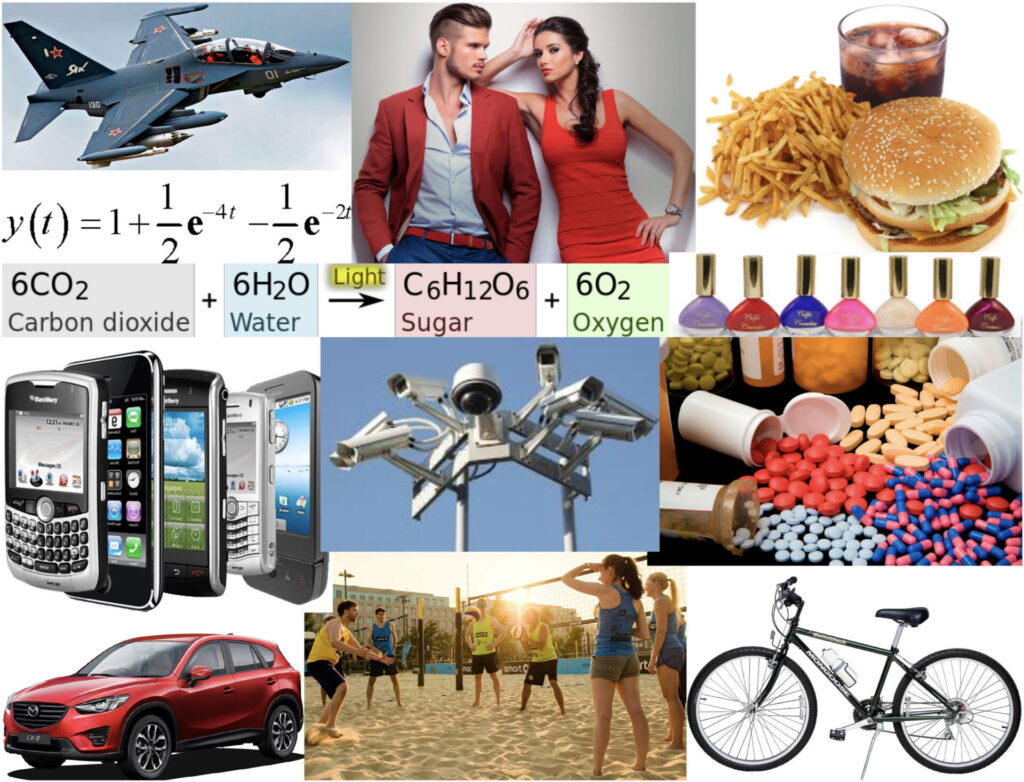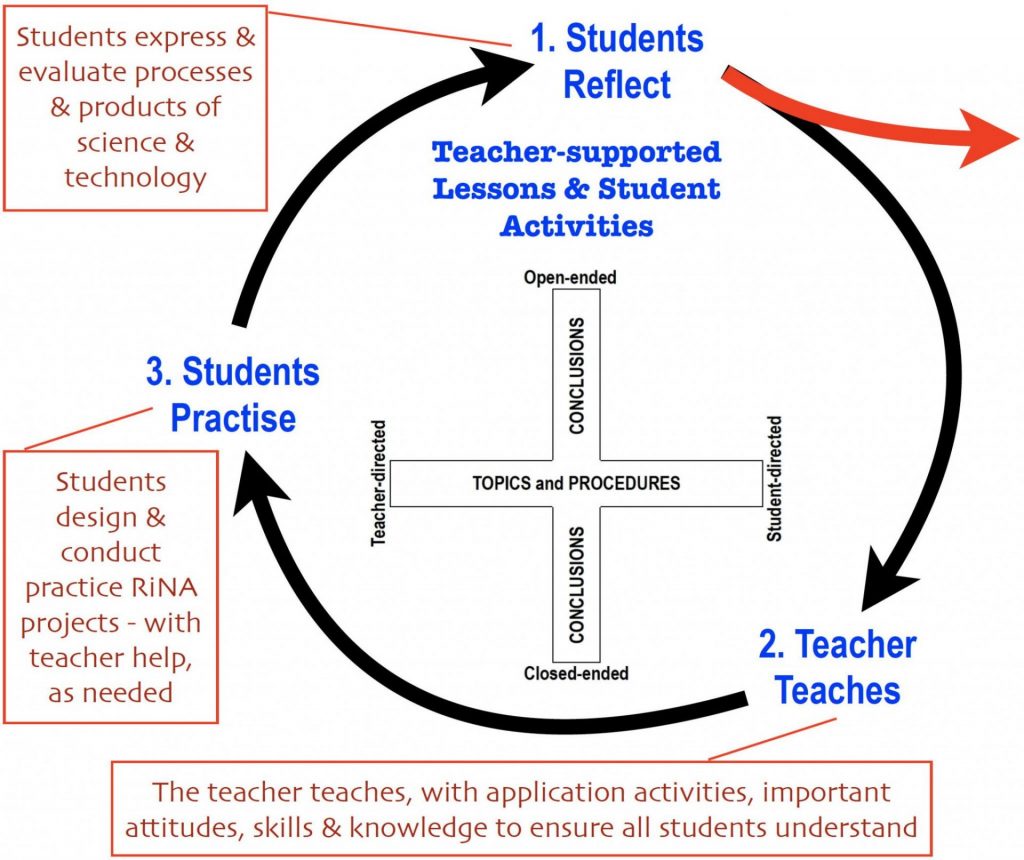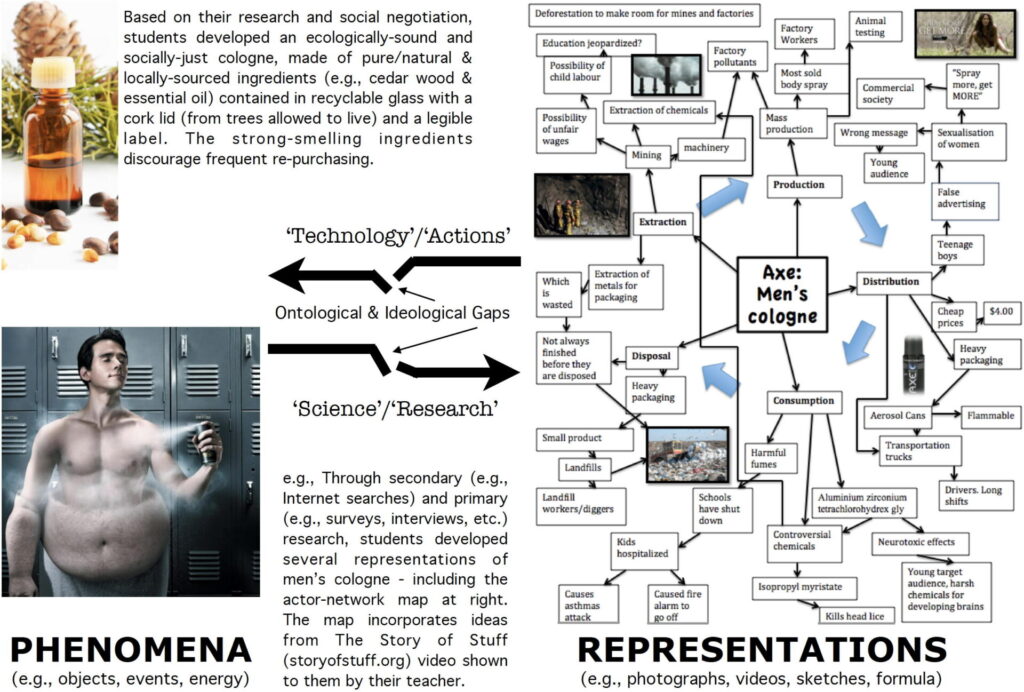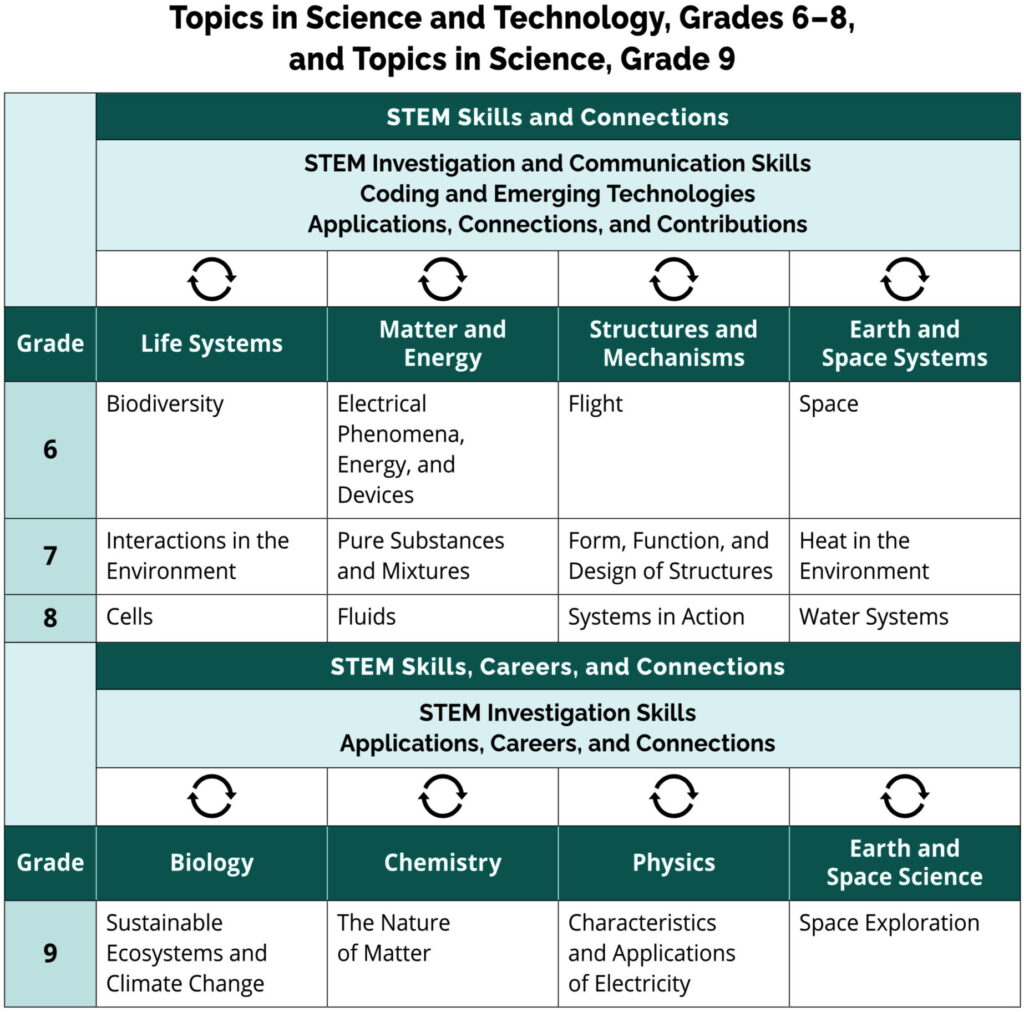Education About Products of STEM Fields
To achieve almost anything, a person needs a good supply of useful knowledge. School science/STEM has, indeed, placed much focus on educating students about ‘products’ (e.g., knowledge of laws [e.g., of magnetism], theories [e.g., kinetic-molecular], functioning of technologies [e.g., electronic circuits). With such knowledge, students/citizens can engage in higher-order thinking (e.g., analyses, syntheses & evaluation). Teaching & learning of such ‘products’ is not, however, straightforward. Often, curricula and traditional practices expect students to learn too much of it, too fast and without student activities enabling them to apply newly-taught knowledge in meaningful contexts. Additionally, common inquiry-based learning practices often limit discovery to advantaged students (e.g., rich in cultural & social capital).

STEM Products
Most science/STEM curricula in the world prioritize teaching of ‘products’ of STEM fields, including laws, theories and functioning of technologies. As illustrated at right/below, such teaching and learning fall into familiar subject matter topics, like biology, chemistry, earth & space sciences and physics. It is important for students to learn about such ‘products’ so that they might use their understandings of them to be creative, to solve problems, etc. We all need ‘resources’ (e.g., knowledge & understanding) with which to think and act. However, after centuries of ‘science’ (in one form or another), humanity has accumulated ‘massive’ amounts of knowledge in many different domains – and expecting students to learn ‘too much’ such knowledge can be overwhelming for their understanding of products; but, as well, excessive foci on products education can detract from students’ opportunities to learn in other domains, like Skills Education and STEM-SE Education. Accordingly, as has happened in some jurisdictions (e.g., cities and states), principals, teachers, etc. have made decisions on most ‘essential’ knowledge for all students. Often, people making such decisions gain confidence in them with the awareness that much basic knowledge is now relatively freely available on the Internet.
STEM Pedagogy
Teaching students about different STEM products is very common, but it may not always be done well – given studies suggesting public science literacy tends to be low. We suggest teachers base much teaching and learning on learning theories, such as constructivism – which acknowledges that learners typically ‘construct’ new unique attitudes, skills & knowledge (ASK) by combining ASK already in their minds and bodies with ASK related to certain experiences. Different people see, for instance, different objects when they look at this black-and-while image. Different concepts from constructivist learning theory can be used to justify different aspects of 3-phase (STEPWISE) pedagogy at right/below. For example, in the Students Reflect phase (#1), asking students to express their existing ASK about a topic (e.g., animal growth) can help students to become conscious of their current positions and then possibly change them if ASK from their experiences make more sense. Constructivism also seems useful in justification of our recommendation that teachers directly teach ASK, rather than expect students to discover many of them (e.g., see here), but also encourage students to soon use newly-taught ASK in related application activities (e.g., case method about conflict diamonds). Note that, in all 3 phases of the pedagogy at right/below, teachers may teach ‘products’ in the context of STEM-SE relationships and associated RiNA projects – all of which involve knowledge and skills.

Students Reflect (phase #1):
Communication between teachers and students is not always easy. It can be as if they are from different planets! In addition to knowledge differences, teachers’ ways of speaking (e.g., ‘technical’ terminology) can be ‘foreign’ to many students. As a consequence of such differences, students can – based on constructivist learning theory – ‘construct’ attitudes, skills & knowledge (ASK) different from those of the teacher when reflecting on the same phenomenon. Different people ‘see’ different mental images, for example, when viewing this black-and-white photograph. phototropism. Because we each have had unique experiences, we each have unique sets of images in our brains (and emotions relating to them within our bodies). In response to stimuli, like when a teacher shows students some germinating seedlings and asks them to explain what is happening to them, students may have ‘misconceptions’ (e.g., plants grow up to get closer to God) – which may (or may not) be useful to them in certain cultures. Teachers may be tempted, as this stage, to ‘correct’ their conceptions through direct teaching methods, like that about phototropism. We do not recommend that teachers try to correct students’ pre-instructional ASK. Rather, we suggest that such activities should be mostly (except for teacher set-up) student-directed and open-ended. This tends to lead to more divergent thinking, allowing multiple possible ASK – which is the main purpose of such reflections. Once expressed (e.g., in writing, drawing, sculpting), students may become more conscious of their own ASK (which they often do not) and then, if exposed to alternative ASK (e.g., through teaching), they can compare and possibly change them.

To stimulate students to reflect on and express their personal pre-instructional ASK, teachers can expose them to different experiences – such as photos of STEM products, as above – or to teacher demonstrations, videos, field-trips, etc. Students may be asked simply, ‘What do you know and want to know about this phenomenon and why?’ This may be fine, but some learners prefer different strategies, like drawing, etc. Also, after the teacher LATER teaches students (in the Teacher Teaches phase) about new ASK (e.g., actor-network theory), students’ later reflections could, for example, include drawing actor-network maps.
Teacher Teaches (phase #2):
Although some students may apparently hold fairly sophisticated ASK regarding topics the teacher intends to teach, many students likely will not hold such ASKs. Among reasons for such diversity of ASK in a class, it is common for them to depend on one’s socioeconomic class, with less advantaged students not possessing appropriate cultural and social capital (and/or abilities) that, based on constructivist learning theory, would allow them to discover useful ASK through their own inquiries. Consequently, I recommend application-based teaching (ABT); that is, i) direct teacher instruction (‘Input’) in concert with ii) student activities urging them to apply just-taught ASK. These phases can be understood in terms the Phenomena <–> Representations schema below. This summarizes a student’s RiNA project. But, in terms of teachers’ teaching of Products, the teacher may need to directly teach such Representations as how chemical scents work while teaching them about an actor-network map that includes cologne. But, such teaching is not enough for effective student learning. Students need also to apply what has been taught in an activity that has meaning for students – such as when a student designs a more ecojust cologne using their taught knowledge (and from other sources).

Teacher Input
To hep ensure all students have equal opportunities to learn very important ASK, teachers can use several different teaching strategies to try to match with students’ abilities and preferences. Although these can be limited to speech, many students prefer uses of visual aids. In the video below, left, for instance, the teacher uses physical demonstrations and visual aids to explain energy transfer in photosynthesis – which is, of course, extremely important for capturing atmospheric carbon dioxide and adding oxygen to atmosphere that can be liked to climate change. The video below, right, meanwhile uses text and graphics to teach about actor-network theory – which, related to ecology, notes that all living, nonliving and symbolic entities are interconnected. In addition to such classic techniques, like teacher explanations with videos, students can be shown simulations (e.g., about food chains and webs). Such teaching, regardless of methods, should largely be teacher-directed and closed-ended – again, to help ensure students’ knowledge is not limited to what they can discover.
Student Application Activities
Because direct instruction often is ineffective on its own, students should be engaged in activities that lead them to apply ASK just taught (e.g., as above). There are many application activity types. A very common one is a case method; that is, a documentary of a related context (e.g., fast food production & consumption) and sets of suggested activities and questions. We have developed several such case methods at STEM-SE/RiNA Case Methods. With students having more choices in such activities, teachers are urged to allow flexibility in students’ completed such assignments; that is, allow some open-endedness.
Students Practise (phase #3):
After the Teacher Teaches phase of the pedagogy, students often have ‘growing’ knowledge and understanding of many STEM products (e.g., photosynthesis), as well as some well-developed skills and concepts about STEM-SE relationships. Their conceptions are, however, likely to be fairly superficial – even after different application activities. For deep, committed, learning, students typically need to apply ASK just taught in activities that increasingly cede controls to them. A major activity enabling such deep learning is to ask students to design and conduct RiNA projects (see sample assignment) to address harms of their concern – first receiving teacher supports, as needed, and then very little supports in Student-led RiNA Projects.
Student-led RiNA Projects
Once the teacher believes students are ready, they can then be asked to design and implement a more elaborate RiNA projects to address their concerns about STEM-SE relationships. Among numerous learning outcomes, such projects can deepen students’ understandings of ‘products’ (along with learning in other domains). Suggestions for this phase are similar to those for the Students Practise phase, except students are given very little guidance or support – to maximize students’ development of intellectual independence. Our group has found that, often, students can be motivated to achieve such independence when knowing that they will have to explain and defend their projects at a school STEM-SE/RiNA fair, like that depicted in the video at right/below.
